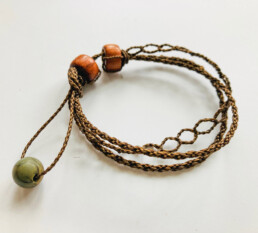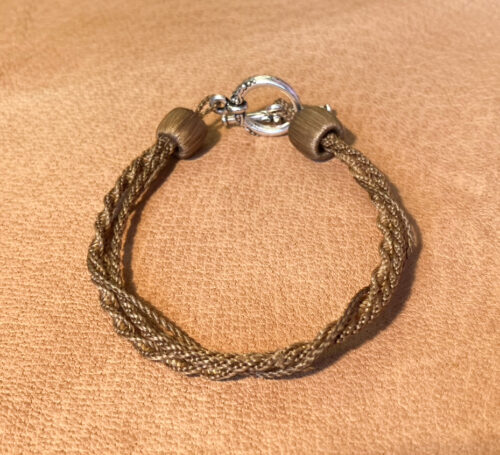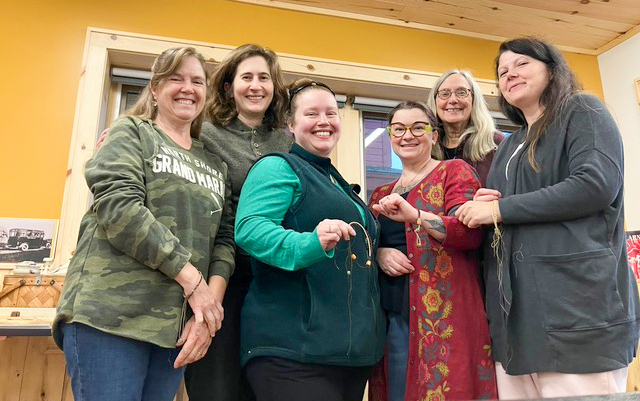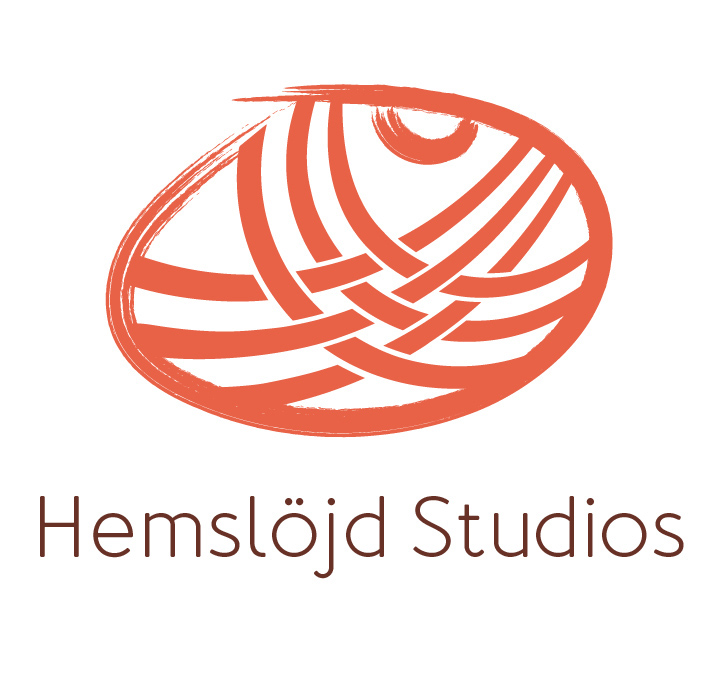
How did I get here?
Hello – since this is the first hairwork blog post it’s probably a good idea to introduce myself. So, here goes!
About seven years ago my life took an unexpected and very welcomed, turn. I challenged myself to help revive an almost dormant art form known in the 1800s as table-made hair jewelry. That is, using human hair to create jewelry, a sentimental act for expressing love, remembering someone who had passed, or creating beauty. Since 2018 I’ve been directing creative energies toward learning about and practicing hairwork.
Supported by the American-Scandinavian Foundation’s Folk Art Fellowship Program, I studied hairwork with masters and a museum curator in Sweden in 2018 and 2024. I’ve explored museum collections, gave presentations and interviews, and connected with individuals interested in hairwork through my website www.hemslojdstudios.com and through social media. Additionally, I’ve been making traditional and contemporary hair jewelry, exploring ways to use hairwork with other art forms as well as teaching individuals how to make hair bracelets (pictured) at a variety of places, for example, North House Folk School in Grand Marais, MN and the American Swedish Institute, Minneapolis, MN.
Who is interested in learning hairwork? I’m blown away by the array of reasons students sign up for my classes. Some are interested because they are curators and want to know more about human hair artifact in museum collections. Others are attracted because of general interest in fibers. Human hair is a fiber not usually considered as a resource for creative expression. Some students are drawn to the class because of an interest in their own connection to its past or because of an interest in how people lived in the 1800’s prior to the industrial era. Some want to explore a new artistic medium and some just want to explore something they didn’t know anything about.
Hairwork has a fascinating history with interesting stories from the past and present. It carries a strong connection to Sweden, Europe, and the United States, especially during the Civil War era. Many cultures across the globe have used human hair as a resource practical and artistic applications. Additionally, many writers have been and continue to be interested in and inspired by this art form. Last, but not least, generally speaking, like any artifact, hairwork items carry culture, knowledge, technique, social meaning and much more. These and other topics will be featured in future posts.


